Complex or complicated: why the difference matters (Part 2)
In part one of this text, I introduced the Stacey Matrix for Complexity and Creativity in Organizations and the Assumption-Risk-Analysis model which can help you to categorize your product state and team to make smart decisions in the right order.
Key to both models is that they precede the data. You can willingly or unwillingly make the data fit the domains you think are best. To help out with this problem Dave J. Snowden, Mary E. Boone and other contributors developed the Cynefin framework which was featured as cover article in the Harvard Business Review in 2007. Cynefin is not used for categorization but serves as a sense-making model. Its fundamental differences are that “it requires the data to help the framework to emerge, to construct it socially, based on people’s experience and expectations” (Snowden, 2010). Furthermore it’s not a 2x2 matrix but rather a space with adjacent domains where transitions between them are as relevant and critical as the knowledge where you are in the model:
If a part of your product development proves to be in the complex domain, the domain of “unknown unknowns”, the advice is to test and prototype coherent strategies and conduct fail-safe experiments, then sense the emergent patterns and respond accordingly by emphasizing what worked good and dampening what didn’t work. This approach, this emergent practice, is most likely to produce beneficial results when predictability is not given. Still, while you go through the process you want to identify patterns and processes that are predictable. You move those parts into the complicated domain.
There, every problem has multiple ways of solving them and you get “known unknowns”. There is no “best” approach but a “good” one can be found through analytics. And only if you reduce a process to a point where absolutely nothing can go wrong, you push it into the simple domain, keeping in mind that this process will never change again - you get “known knowns”. One example: Before leaving your house you follow the simple steps of: 1. grabbing your key, 2. closing the door from the outside, 3. locking your door, 4. stashing your key into your pocket. There are not many alternatives here and analytical thinking will not produce a better process or result.
Not knowing when to transition a part from one domain into another or worse: not knowing in which dimension we are with our parts leads to disorder. Disorder is a domain where we people tend to default back into the domain where we feel most comfortable. Engineers and analysts favor the complicated one. They have their expert opinion and reject novel ideas. Managers feel comfortable in the simple domain, they usually want to command-and-control to demand fail-safe outcomes. And believing to be in the simple domain has the danger of falling over the cliff into the chaotic domain as a result of a crisis.
Here is what happened to me: Many years ago I have been asked to perform as a DJ at a party and I had to play for an audience and a musical genre I was unfamiliar with. Even when things started slow and clunky I eventually got to the point where the dancefloor was full and everybody had a great time. I memorized the tunes I played and decided to do this the next time I was asked to perform for this audience. This simple approach to believing a music playlist and the audience reaction belong to an ordered system ended up pushing me into the chaotic domain: the next time the dancefloor suddenly became empty.
When this happened I had to act immediately - just following my playlist did not get the people back and I clearly didn’t have the time to do a thorough analysis of the current situation and conduct possible alternative playlists by consulting experts. Detecting the mood of the audience in real-time, picking it up and amplifying it is a direct application of emergent practice in complex adaptive systems. Operating the technical equipment can be part of the complicated domain if I see equipment that I’m not familiar with (I then call the expert in charge: the sound engineer of the place). And some of what I do, like packing from pre-ordered list of utilities (headphones, adapters, earplugs) will end up in the simple domain.
The Cynefin framework suggests that we cannot know in which domain we are, but that it “is normally created as an emergent property of social interaction.” (Snowden, 2010) Break down your product and processes into individual components and be prepared that any of them can be simple, complicated, complex or chaotic, or just in the transition between two of them (hopefully not on the cliff between simple and chaotic). The behavior of the whole system however cannot be predicted by looking at the individual parts. So look at their current position, their current tendency and try to act accordingly.
By the way, moving through the chaotic domain is not always a bad thing: this is where innovation usually happens in order to move back into the safer, complex or complicated domains. And being in a complex area is where you should expect to be whenever you are dealing with people, because whenever people are involved, predictability is low. When you cannot predict: probe, sense, respond. If your response leads to predictable results: sense, analyze, respond. And be mindful of your surroundings and go back to probing when necessary.
References
Management Brainfucks by Johann-Peter Hartmann
Cynefin Framework by Dave E. Snowden
A Leader´s Framework for Decision Making by David J. Snowden and Mary E. Boone
The Stacey Matrix by Ralph D. Stacey
Cynefin Framework versus Stacey Matrix versus network perspectives by Rick Davies (commented by Dave Snowden)

